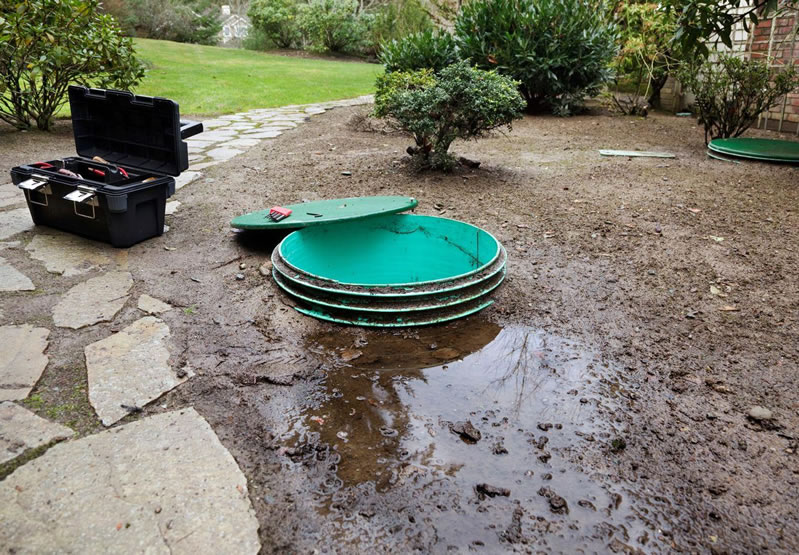
19
While the septic system itself is often the focus of maintenance, one crucial yet frequently overlooked component is the septic tank lid. A damaged or compromised septic tank lid can lead to a range of serious problems that can impact your property, health, and finances.
A damaged septic tank lid poses a significant safety risk to anyone who comes into contact with it. Cracked or broken lids can create a hazardous environment, particularly if the lid collapses underweight or if someone accidentally steps on it. This can lead to falls, injuries, and even more severe accidents. Children and pets are especially vulnerable to these dangers. By ensuring that your septic tank lid is intact and secure, you can prevent potential safety hazards on your property.
One of the primary functions of a septic tank is to contain and treat wastewater, preventing harmful substances from entering the environment. A damaged lid can compromise the integrity of the system, allowing contaminants to escape and potentially contaminate the soil, groundwater, and nearby water sources. This contamination poses health risks not only to your household but also to the community and ecosystem. Bacteria, pathogens, and chemicals from the wastewater can spread, leading to waterborne illnesses and other health issues.
A damaged septic tank lid provides an entry point for pests and critters seeking shelter or a source of food. Rodents, insects, and other unwanted guests can easily make their way into your septic tank, causing further damage and potentially creating breeding grounds for disease vectors. Pest infestations can quickly escalate, spreading to other areas of your property and even your home.
The septic tank lid serves as a protective cover for the tank itself, safeguarding it from external forces and environmental elements. When the lid is damaged, it exposes the tank to the elements, which can accelerate deterioration and corrosion. Over time, this can weaken the structural integrity of the tank, leading to leaks, cracks, and even collapse. Septic tank repair is not only essential for preventing further damage but also for ensuring the longevity of the entire septic system.
In many areas, there are strict regulations and codes governing septic systems to protect public health and the environment. A damaged septic tank lid can lead to non-compliance with these regulations, potentially resulting in fines, penalties, or legal actions. Regular maintenance and prompt septic tank repair demonstrate your commitment to responsible stewardship of your property and the surrounding environment.
To mitigate the risks associated with a damaged septic tank lid, it is imperative to enlist the services of a professional septic company. These experts have the knowledge, experience, and equipment to assess the condition of your septic tank lid, perform necessary repairs, and provide ongoing maintenance.
Regular septic tank pumping, repair, and septic tank installation services offered by Charlotte Septic Pros ensure that your septic system functions optimally and remains in compliance with regulations. By scheduling routine inspections and addressing any issues promptly, you can avoid the potential risks and costly consequences of a damaged septic tank lid.
Prioritizing regular maintenance, professional services, and timely repairs provided by septic companies is essential for safeguarding your property, health, and the environment. Remember, a small investment in preventative measures today can save you from significant troubles in the future.
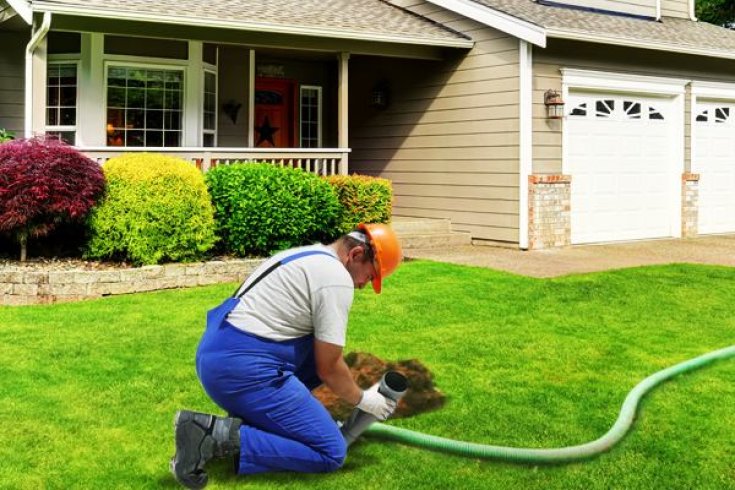
21
Is It Normal for Grass to Grow Greener Over My Septic Tank? If you’ve noticed a patch of grass in…
Read more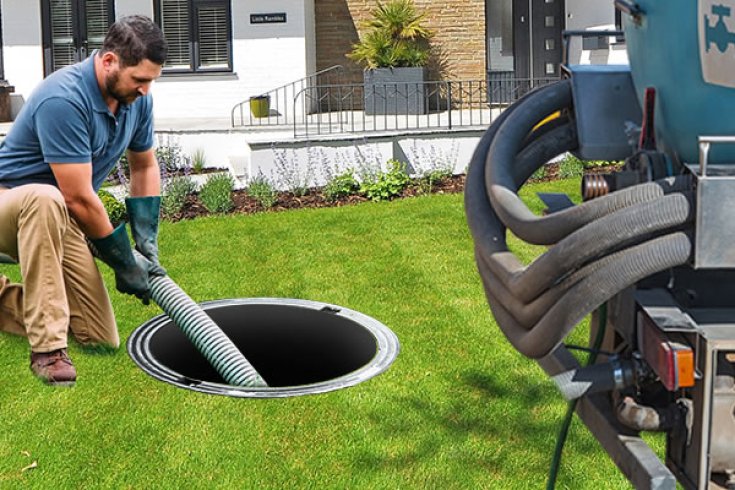
16
Why You Shouldn’t Wait Too Long to Pump Your Septic Tank A septic system works tirelessly behind the scenes to…
Read more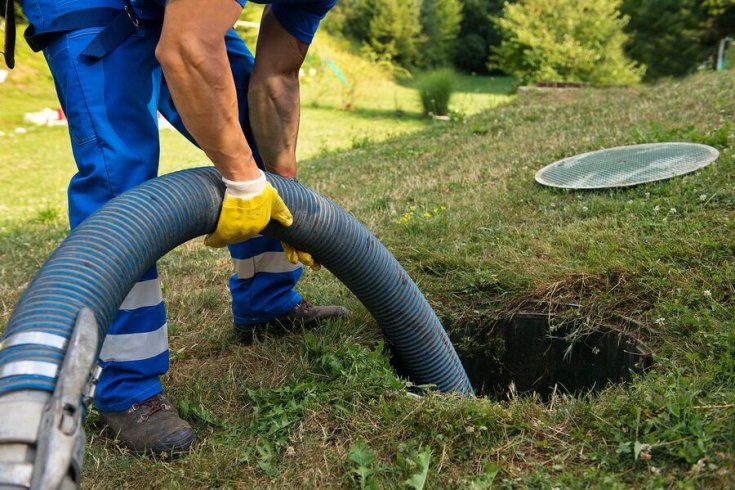
07
Septic Tank Smells? Let’s Talk About What’s Really Going on Underground A septic system is designed to manage wastewater efficiently…
Read more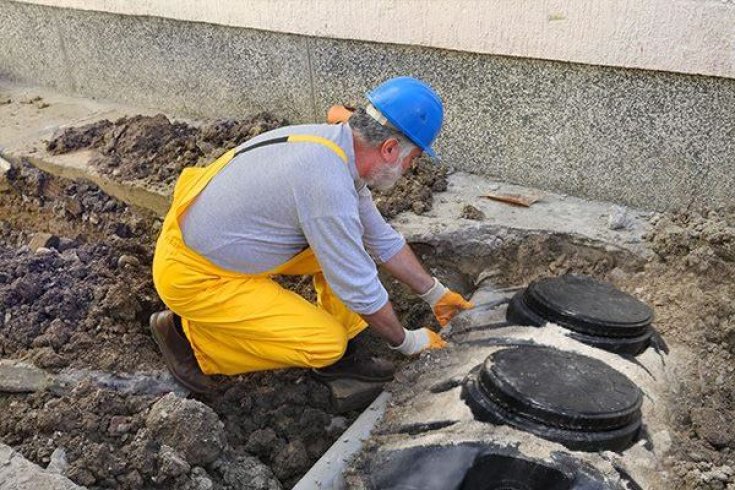
31
Why Neglecting Your Septic Tank Can Affect Your Yard, Home, and Health A well-functioning septic system is essential for managing…
Read more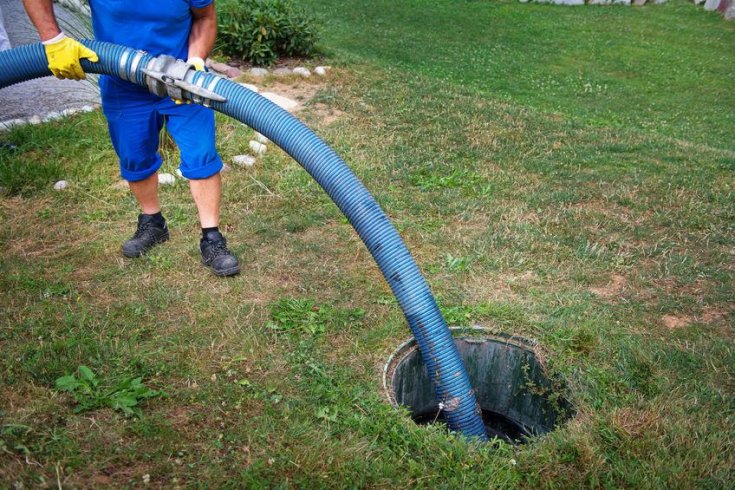
24
How to Prepare Your Septic System for Heavy Rain or Flooding When heavy rain or flooding hits, one of the…
Read more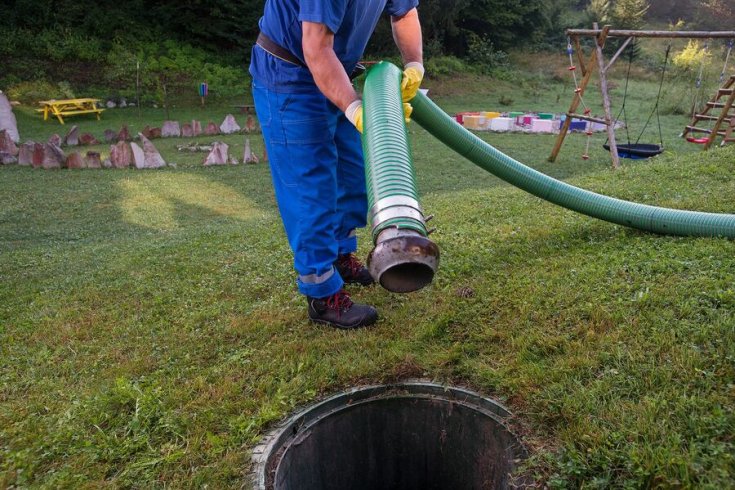
18
Does My Septic Tank Smell Mean Trouble? A well-functioning septic system should work quietly and odorlessly beneath the surface. If…
Read more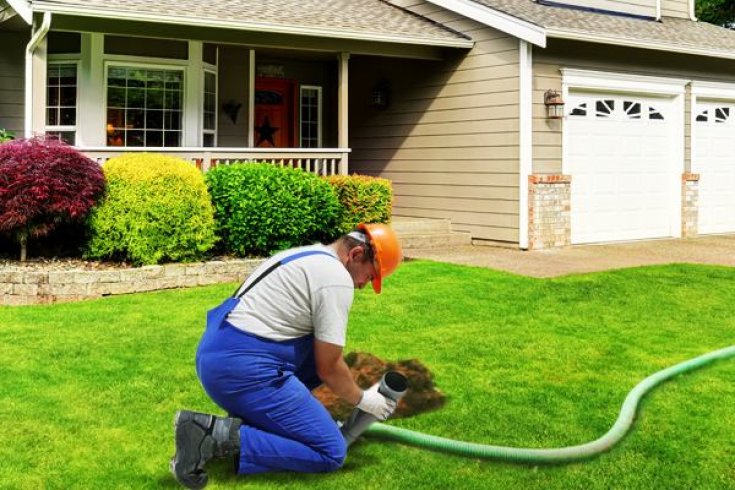
11
DIY Septic Maintenance: What You Can and Can’t Do When it comes to your home’s septic system, a little regular…
Read more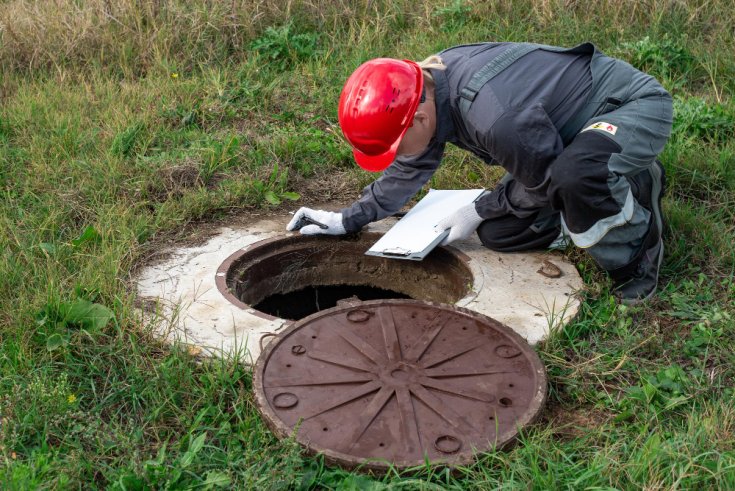
03
Top 3 Warning Signs Your Septic Tank Is Overdue for Service Your septic system is one of the most important…
Read more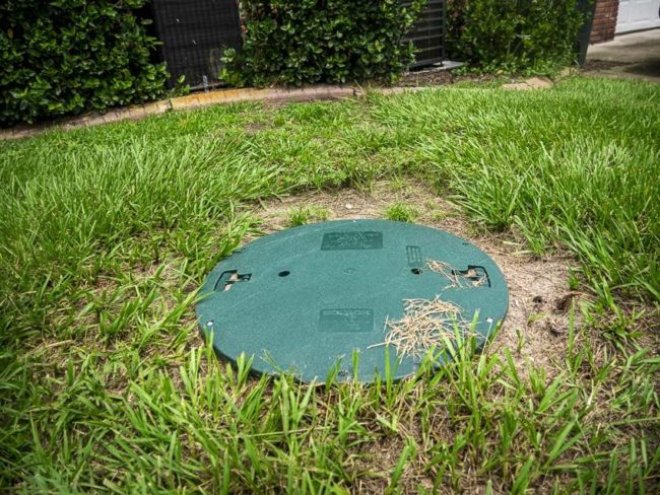
24
Can Rain Affect Your Septic Tank? What to Know During Storm Season Heavy rain is a fact of life during…
Read more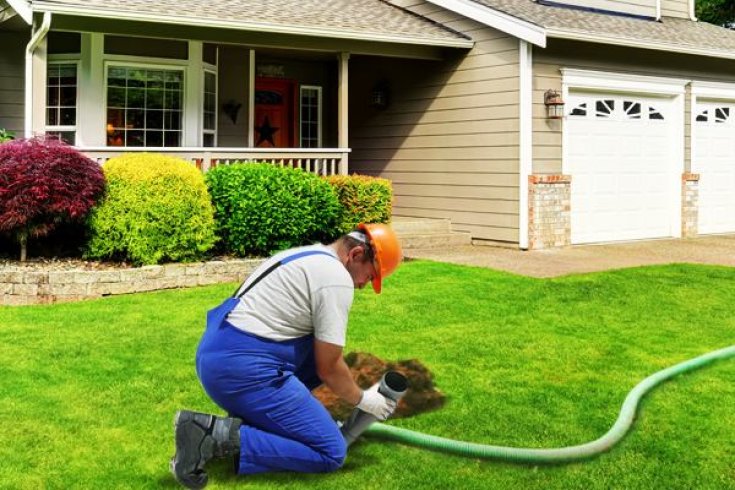
18
Top 5 Mistakes Homeowners Make with Their Septic Systems (and How to Avoid Them) Owning a home with a septic…
Read more